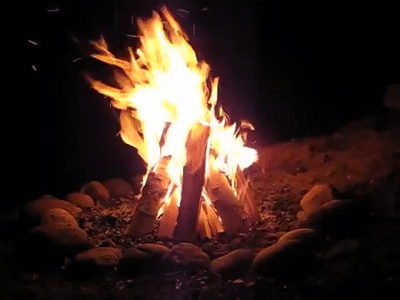Table of Contents
Scottish Paganism is a rich and evolving spiritual tradition rooted in the ancient landscapes, mythologies, and cultural intersections of Scotland. While often associated with Celtic heritage, Scottish Paganism also bears the imprint of Norse influence, especially in the northern isles and coastal regions like Shetland and Orkney, where Viking settlers left their mark. This blend of traditions creates a uniquely Scottish spiritual identity that honors nature, ancestry, and the cycles of the land.
Ancient Roots and Celtic Foundations

The foundation of Scottish Paganism lies in the pre-Christian Celtic belief systems that flourished across the British Isles. These traditions were animistic and polytheistic, revering nature spirits, seasonal cycles, and deities associated with the land, sky, and sea. Key elements include:
- The Wheel of the Year: Seasonal festivals such as Samhain, Imbolc, Beltane, and Lughnasadh mark transitions in the agricultural and spiritual calendar.
- Celtic Deities: Figures like Brigid, Cernunnos, and the Morrígan are central to many Scottish Pagan practices, representing fertility, transformation, and sovereignty.
- Sacred Landscapes: Mountains, lochs, and ancient stone circles are seen as places of power and spiritual connection.
These traditions were passed down through oral storytelling, folk customs, and later, through revivalist movements that sought to reclaim indigenous spiritual practices.
Norse Influence in the North
While the Highlands and Lowlands retained strong Celtic traditions, the northern regions, particularly Orkney, Shetland, and parts of Caithness, experienced significant Norse settlement during the Viking Age. This brought new mythologies and rituals into the cultural mix:
- Norse Deities: Odin, Freyja, Thor, and Loki entered the spiritual landscape, often blending with local beliefs.
- Runic Magic: The use of runes for divination and protection became part of the spiritual toolkit in Norse-influenced areas.
- Ancestor Veneration: Norse customs around honoring the dead and ancestral spirits complemented existing Celtic practices.
Over time, these influences merged, creating hybrid traditions that honored both Celtic and Norse cosmologies.
Modern Scottish Paganism
Today, Scottish Paganism is a dynamic and inclusive spiritual path. Practitioners may identify as Wiccan, Druidic, Heathen, or eclectic Pagans, drawing from both Celtic and Norse sources. Common themes include:
- Nature Reverence: The land remains central to Scottish Paganism, with rituals often held outdoors in forests, glens, or near sacred waters.
- Cultural Revival: There is a growing interest in reclaiming Scottish folklore, Gaelic language, and indigenous spiritual practices.
- Community and Ritual: Pagan gatherings, solstice celebrations, and storytelling events help foster a sense of belonging and continuity.
Importantly, Scottish Paganism is not a rigid system but a living tradition—one that adapts to modern needs while honoring ancient wisdom.
A Tapestry of Spirit
Scottish Paganism is more than a spiritual label; it’s a tapestry woven from the threads of Celtic reverence for nature and Norse mythic depth. It reflects the land’s history of migration, conquest, and cultural exchange, while offering a path of spiritual connection rooted in place, ancestry, and seasonal rhythm. Whether through the whisper of wind in the Highlands or the echo of runes in the northern isles, Scottish Paganism continues to inspire seekers drawn to its wild, mystical heart.
Follow Sencha on YouTube! Click the button below!
